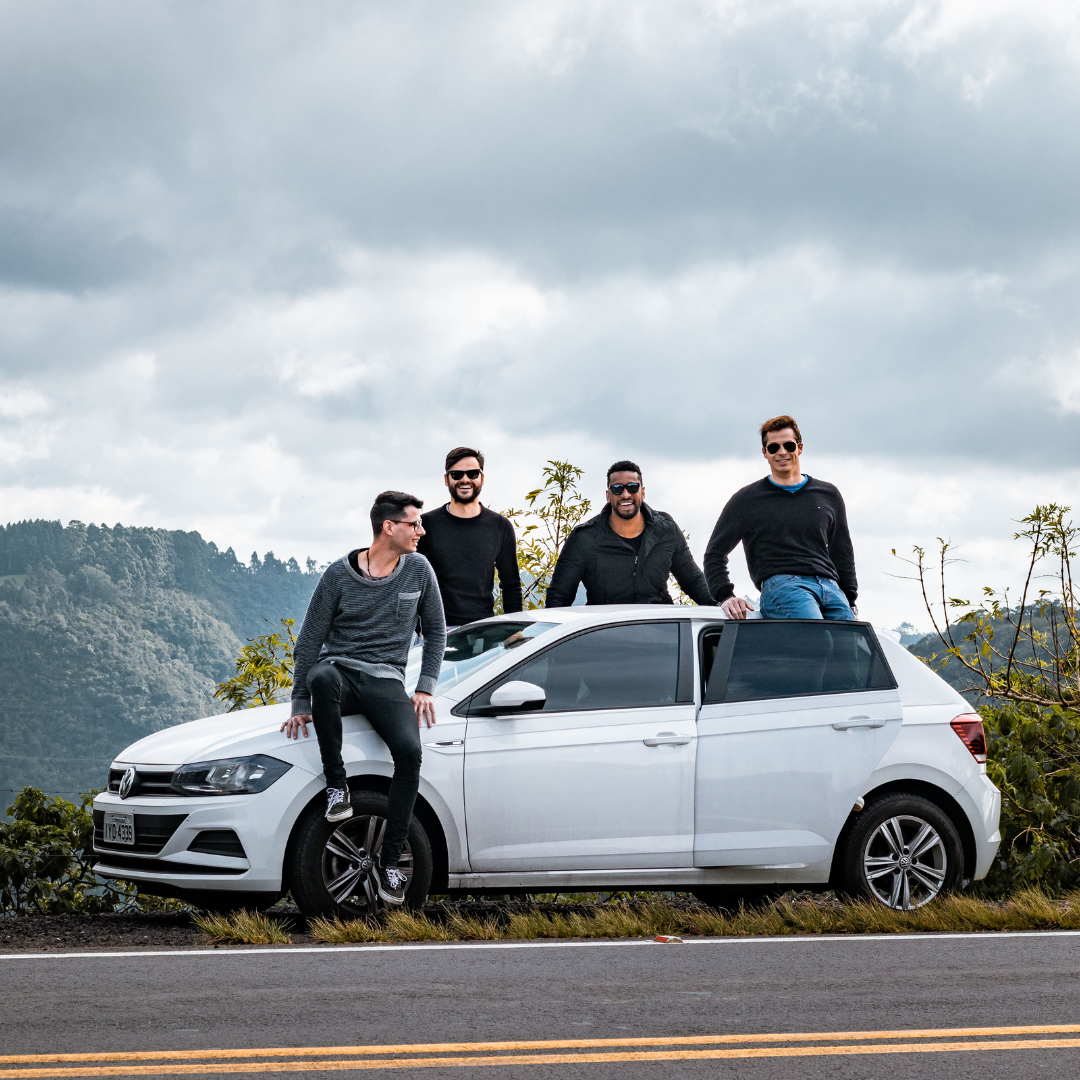How to Prepare Your Car for Long Road Trips: Essential Steps for a Smooth Journey

Preparing a car for a long road trip is essential for ensuring safety and comfort on the journey. Proper preparation can prevent breakdowns and enhance the driving experience. Before hitting the road, drivers should check fluids, tires, and essential systems to avoid unexpected issues.
Routine maintenance plays a crucial role in readiness for extended travel. Regular oil changes, brake inspections, and battery checks contribute to a smooth trip. By assessing these key components, drivers can minimize the risk of complications during their travels.
Additionally, packing an emergency kit is vital. Items like a spare tire, first-aid supplies, and basic tools can make a significant difference in challenging situations. With thorough preparation, travelers can focus on enjoying the adventure ahead.
Preparing Your Vehicle
Proper preparation of a vehicle is essential for a safe and enjoyable long road trip. Key components need thorough inspection and maintenance to minimize potential issues on the road.
Checking and Replacing Vital Components
Begin with the engine oil. Ensure the oil is fresh and at the correct level. An oil change should be performed if the oil is dirty or has exceeded its mileage limit.
Next, check the tire pressure. Maintaining the proper pressure enhances fuel efficiency and ensures safe handling. Tires should be replaced if tread wear indicators are visible.
Windshield wipers should also be assessed. They must effectively clear the windshield for optimal visibility. If they leave streaks or miss spots, it’s time for a replacement.
Lastly, verify the condition of the spare tire, tire repair kit, and tire inflator. These items are crucial for addressing tire issues during the trip.
Performing a Thorough Maintenance Check
Conduct a comprehensive vehicle inspection before hitting the road. Check fluid levels, including brake fluid, coolant, and transmission fluid. Low levels can lead to serious mechanical failures.
Examine the battery for corrosion or loose connections. A failing battery can leave a vehicle stranded. Clean the terminals if necessary.
Review the brakes. Ensure there are no unusual noises and that the brake pads have sufficient thickness. Proper functioning brakes are critical for safety.
Inspect the lights, including headlights, taillights, and brake lights. Replace any burned-out bulbs to maintain visibility and signal intentions to other drivers.
By ensuring these components are in optimal condition, the journey can begin with confidence.
Packing Essentials for Safety and Comfort
When preparing for a long road trip, it’s crucial to focus on safety and comfort. Including the right essentials can prevent unfortunate situations and enhance the overall experience.
Safety and Emergency Equipment
Safety shouldn’t be overlooked. A comprehensive first aid kit is essential, containing band-aids, antiseptics, and necessary medications. Ensure it is stocked and checked before the trip.
Jumper cables are vital for battery issues. They can help start a vehicle with a dead battery. It’s advisable to also include a portable battery jump starter for additional convenience.
Consider a basic toolkit for minor repairs. Add flares or reflectors in case of roadside emergencies. Investing in roadside assistance through services like AAA provides peace of mind.
Clothing and Weather-Appropriate Gear
Packing the right clothing ensures comfort during the journey. Bring layers suitable for different weather conditions, particularly if traveling across varied climates.
Always include a waterproof jacket if rain is a possibility. Comfortable shoes are critical for long hours spent in the car and for occasional stops.
In winter, consider traction gear such as snow chains for tires. Further, pack extra blankets and pillows for resting during breaks. Always ensure that clothing choices accommodate both mobility and comfort, making the trip enjoyable.
Planning Your Route
Creating a well-structured route is essential for a successful road trip. Careful planning helps ensure that stops are enjoyable and road conditions are manageable.
Mapping Out Stops and Attractions
To enhance the travel experience, mapping out stops and attractions is crucial. Travelers can use a road atlas or digital maps to identify interesting sights along the route. Consider historical landmarks, parks, or local eateries as potential stops.
Creating an itinerary can help maximize time. A simple list of stops can provide a clear idea of each day’s travel distance and activities. For instance:
- Day 1: Depart early, visit Landmark A, lunch at Restaurant B.
- Day 2: Explore Park C, overnight stay in City D.
This structure allows for flexibility while ensuring significant attractions are included.
Understanding Road Conditions and Alternatives
Before hitting the road, understanding potential road conditions is vital. Checking weather forecasts and traffic reports can help in choosing the best routes. Some states have information on construction or detours that may impact travel.
If conditions are unfavorable, travelers should prepare alternative routes. Keeping a road atlas handy allows for quick adjustments. It’s advisable to identify scenic byways or less-traveled roads as back-up options.
Using apps that provide real-time traffic updates can also assist in making informed decisions. Taking these steps ensures a smoother journey and can enhance the overall road trip experience.2 April 2025



0 Comments